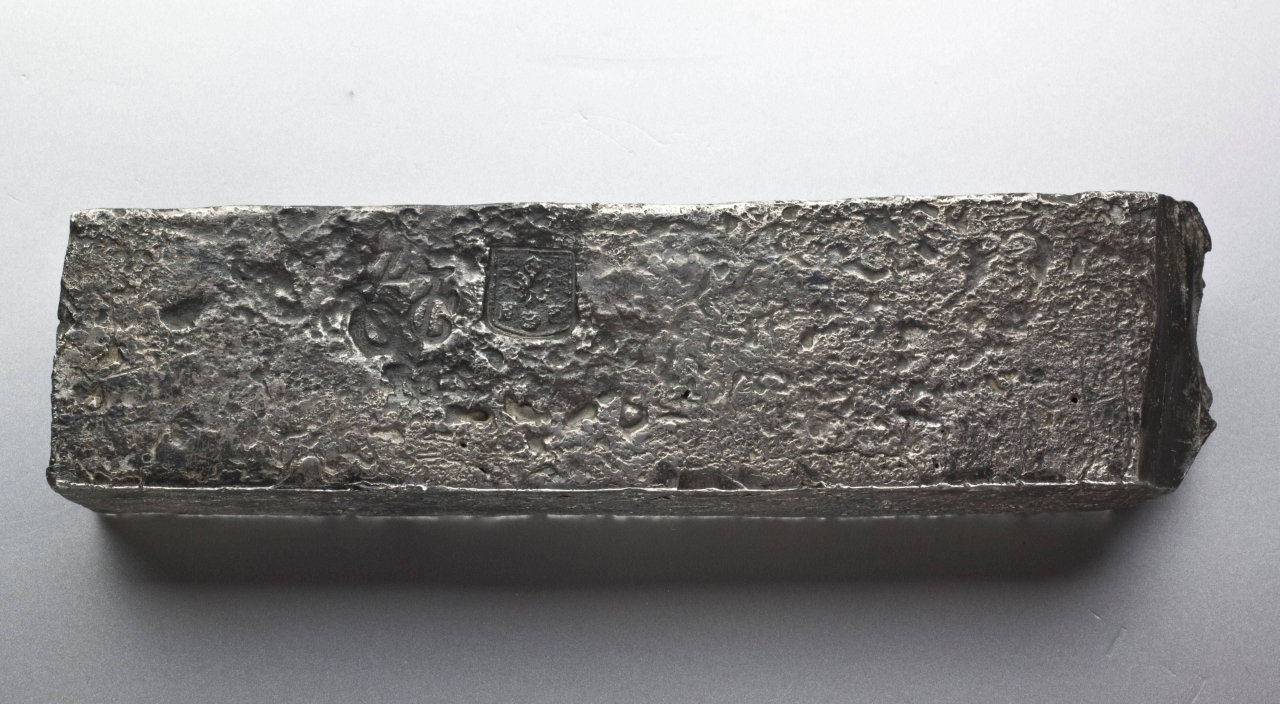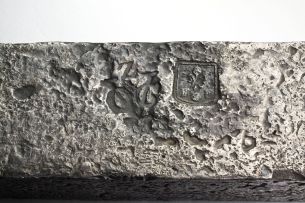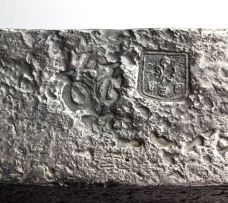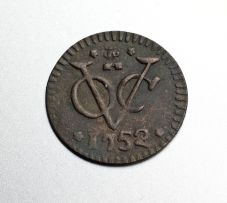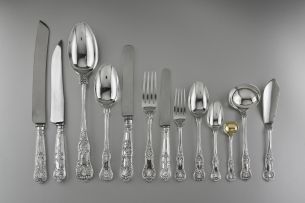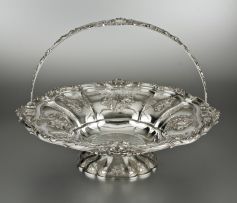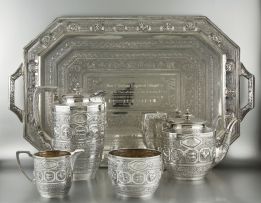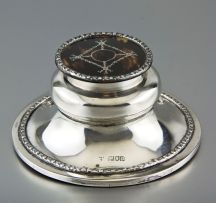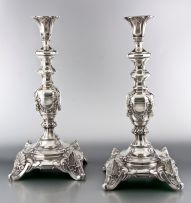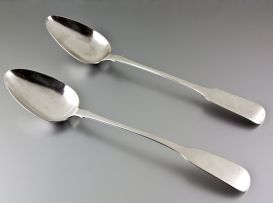Important South African Paintings, Furniture, Silver and Ceramics
Live Auction, 11 October 2010
Session One
Incl. Buyer's Premium & VAT
About this Item
Provenance
Sold: Christie's, Amsterdam, 'The Bredenhof Bullion', 4 December, 1986
Literature
This silver bar and coin were salvaged from the wreck of the 'Bredenhof' which went down in 1753 in the Mozambique channel.
"In September 1752 the Dutch council of Seventeen of the V.O.C. ordered the Chamber of Middelburg to send the 'Bredenhof' via Ceylon to Bengal. The 'Bredenhof', built in 1746 was a vessel of 136 feet and 800 tons. The voyage to Bengal would be the third and last of the 'Bredenhof' to the East Indies. In the year 1752 the Chamber of Middelburg not only lost the 'Wapen van Hoorn', but also the famous 'Geldermalsen'. In the year 1753 the Chamber would suffer another loss: the 'Bredenhof'......
The 'Bredenhof' sailed from Zeeland on December 31st 1752 and arrived at the Cape on April 11th 1753. Of the 260 men on board of the ship, six were dead and nine were sick. At the Cape the 'Bredenhof' loaded 38 tons of wheat and some wine for Ceylon. Two weeks later she sailed from the Cape, but did not reach the port of destination.
In calm conditions, but as a result of treacherous counter currents, the 'Bredenhof' was wrecked on a reef 13 miles from the east coast of Africa and about 120 miles south of Mocambique, the Portuguese settlement on the African coast. This tragedy took place on June 6th 1753.
The story became quite fascinating when, out of desperation, the Captain and Ship's Council decided to throw overboard the vast fortune in silver bars, to eliminate plundering by the rest of the crew and by 'other nations'. One can imagine the concern shown by the Dutch Council of Seventeen when the first survivors arrived back in Holland, and told them of this dreadful story. It is evident that the Council was desperate to salvage as much as possible of the bar silver".
Christie's, Amsterdam, 'The Bredenhof Bullion', 4 December, 1986, catalogue p 8.
